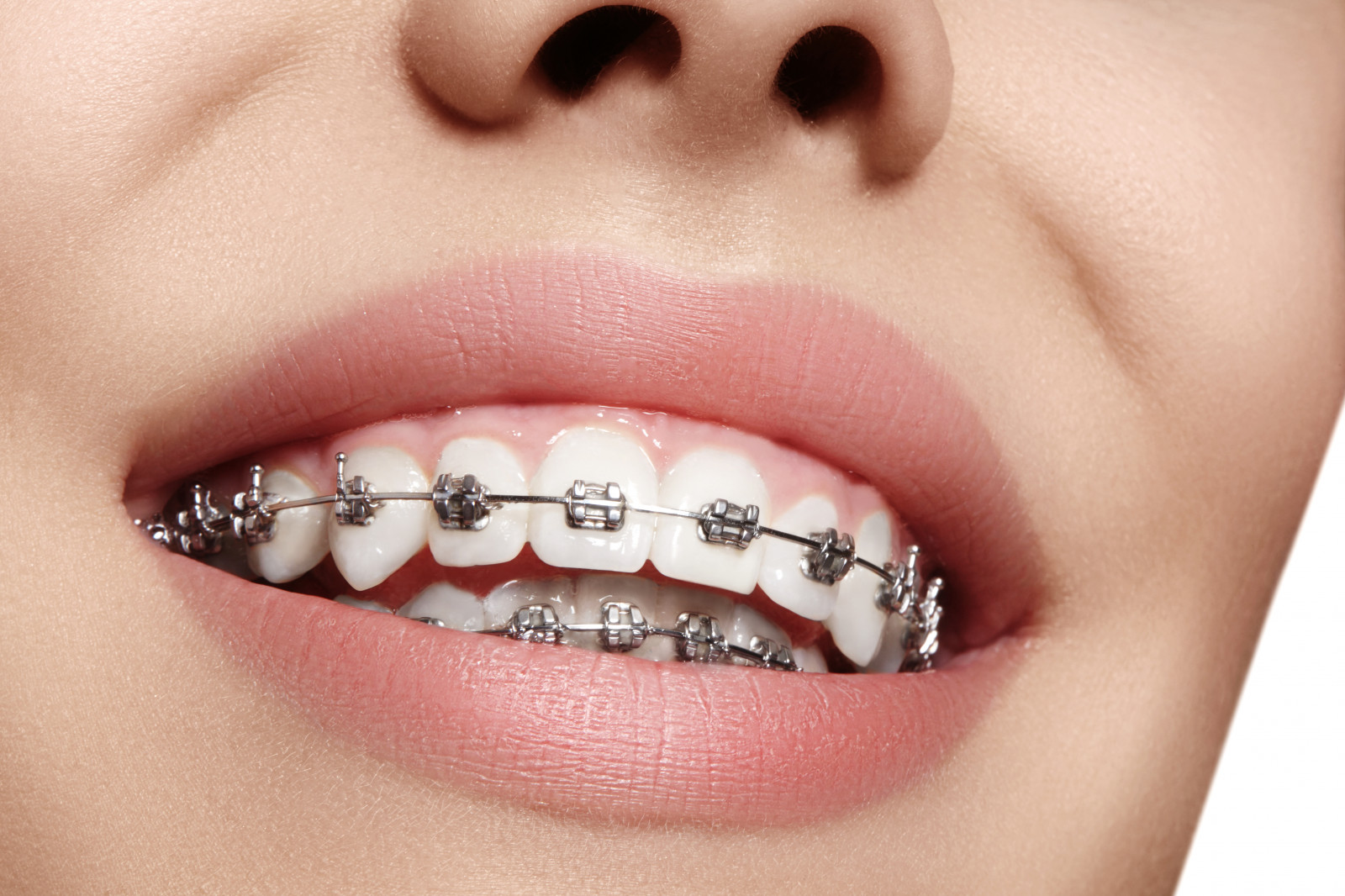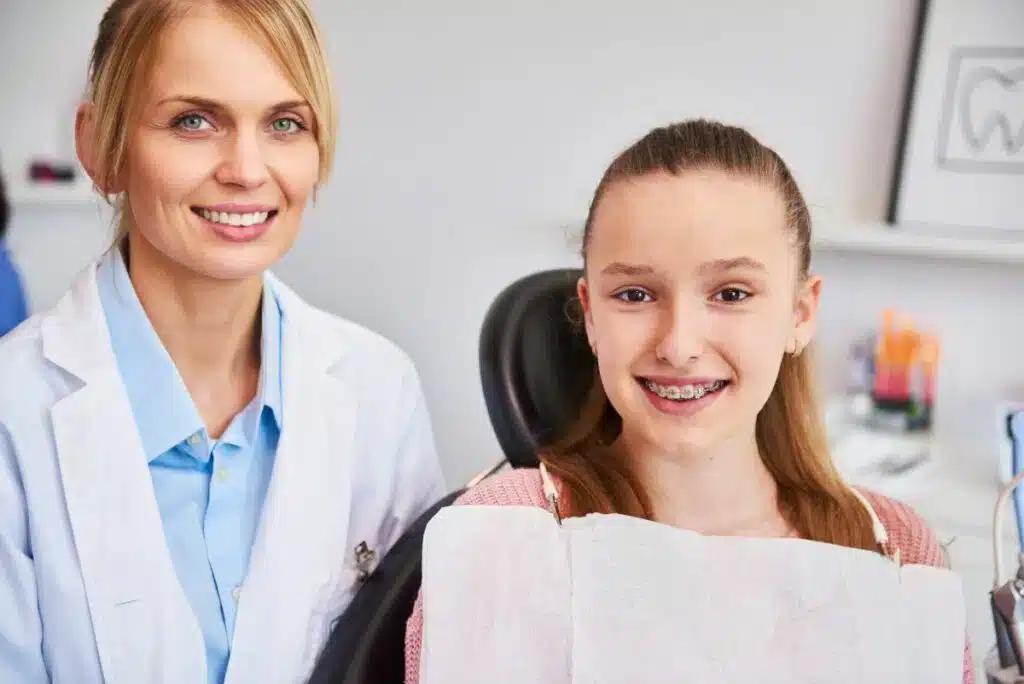Excitement About Causey Orthodontics
Table of ContentsThe Best Guide To Causey OrthodonticsWhat Does Causey Orthodontics Mean?10 Easy Facts About Causey Orthodontics ShownCausey Orthodontics Fundamentals ExplainedGetting The Causey Orthodontics To Work
Overlooking occlusal connections, it was typical to remove teeth for a selection of dental concerns, such as malalignment or overcrowding. The concept of an undamaged dentition was not commonly valued in those days, making bite relationships seem pointless. In the late 1800s, the idea of occlusion was essential for producing trustworthy prosthetic substitute teeth.As these principles of prosthetic occlusion advanced, it became a very useful tool for dental care. It was in 1890 that the job and influence of Dr. Edwards H. Angle began to be really felt, with his payment to modern orthodontics particularly significant. At first concentrated on prosthodontics, he showed in Pennsylvania and Minnesota prior to directing his attention towards oral occlusion and the treatments needed to preserve it as a typical problem, hence becoming understood as the "papa of modern-day orthodontics".

The principle of excellent occlusion, as postulated by Angle and included right into a classification system, made it possible for a change towards dealing with malocclusion, which is any type of variance from typical occlusion. Having a complete set of teeth on both arcs was highly demanded in orthodontic therapy due to the need for exact partnerships in between them.
Getting The Causey Orthodontics To Work
As occlusion ended up being the key concern, facial percentages and appearances were overlooked - affordable orthodontist near me. To achieve perfect occlusals without utilizing outside pressures, Angle postulated that having best occlusion was the ideal means to obtain optimal face visual appeals. With the passing of time, it became fairly evident that even an extraordinary occlusion was not appropriate when thought about from an aesthetic viewpoint
Charles Tweed in America and Raymond Begg in Australia (that both researched under Angle) re-introduced dentistry removal right into orthodontics during the 1940s and 1950s so they might boost facial esthetics while also guaranteeing better security worrying occlusal connections. In the postwar duration, cephalometric radiography started to be used by orthodontists for gauging changes in tooth and jaw placement triggered by growth and treatment. It came to be apparent that orthodontic therapy might readjust mandibular development, causing the formation of useful jaw orthopedics in Europe and extraoral force procedures in the US. Nowadays, both useful home appliances and extraoral tools are applied around the globe with the goal of modifying growth patterns and forms. As a result, pursuing true, or at the very least improved, jaw relationships had actually come to be the major objective of therapy by the mid-20th century.
The Ultimate Guide To Causey Orthodontics
 The American Journal of Orthodontics was produced for this function in 1915; before it, there were no clinical objectives to follow, neither any type of exact category system and braces that lacked features. Till the mid-1970s, dental braces were made by wrapping metal around each tooth. With developments in adhesives, it ended up being feasible to instead bond metal brackets to the teeth.
The American Journal of Orthodontics was produced for this function in 1915; before it, there were no clinical objectives to follow, neither any type of exact category system and braces that lacked features. Till the mid-1970s, dental braces were made by wrapping metal around each tooth. With developments in adhesives, it ended up being feasible to instead bond metal brackets to the teeth.This has had meaningful effects on orthodontic therapies that are carried out regularly, and these are: 1. Proper interarchal relationships 2. Correct crown angulation (tip) 3.
The benefit of the layout depends on its bracket and archwire mix, which calls for only very little wire flexing from the orthodontist or medical professional (orthodontist near me). It's appropriately called after this function: the angle of the port and thickness of the brace base eventually identify where each tooth is positioned with little need for additional control
Causey Orthodontics Fundamentals Explained
Both of these systems utilized the same brackets for each and every tooth and required the flexing of an archwire in 3 airplanes for finding teeth in their wanted positions, with these bends dictating best placements. When it pertains to orthodontic appliances, they are split right into 2 kinds: removable and fixed. Removable home appliances can be taken on and off by the individual as required.

Therefore, nearly all contemporary fixed appliances can be considered variations on this edgewise appliance system. Early 20th-century orthodontist Edward Angle made a major payment to the globe of dentistry. He created four distinctive home appliance systems that have been used as the basis for many orthodontic therapies today, disallowing a few exemptions.
The Greatest Guide To Causey Orthodontics

The cord finished in a thread, and to move it forward, a flexible nut was made use of, which enabled for an increase in circumference. By ligation, each individual tooth was connected to this expansive archwire (emergency orthodontist near me). Because of its restricted series of activity, Angle was not able to achieve specific tooth positioning with an E-arch
These tubes held a firm pin, which might be rearranged at each visit in order to move them in place. Called the "bone-growing appliance", this gizmo was theorized to encourage much healthier bone growth due to its possibility for moving force straight to the origins. Nonetheless, applying it showed problematic in fact.